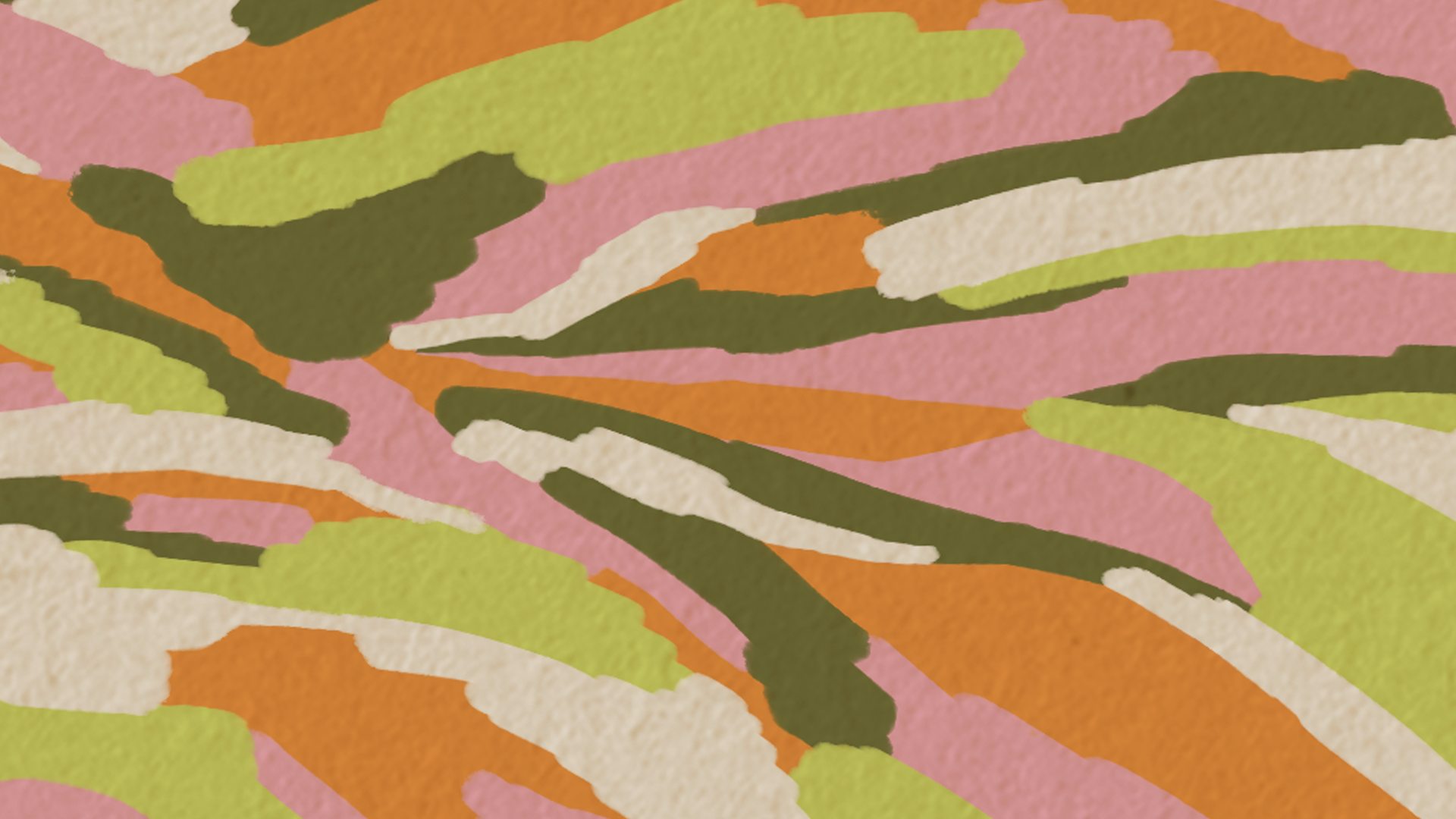Breadcrumb
What is an Acknowledgement of Country?
An Acknowledgement of Country is an address or notice that acknowledges Country and the Traditional Owners of the land on which an event or work is taking place.
It shows respect for the ongoing custodianship and connection of First Nations peoples to Country.
When done meaningfully, Acknowledgments of Country can help create culturally safe spaces.
Unlike a Welcome to Country, anyone can give an Acknowledgement of Country. It can be spoken or written.
When to give an Acknowledgment of Country
Spoken Acknowledgments of Country are commonly given at meetings and low-level or internal events.
Some events where a verbal Acknowledgment may be appropriate could include:
- before a musical, theatre or dance performance
- at the start of an opening or launch of a gallery exhibition
- before a meeting or gathering takes place, in person or online
- at the start of a tour
- at the beginning of training sessions or education programs.
Acknowledgements can also be written. These can be from an individual person, or on behalf of an organisation.
Written Acknowledgments may be displayed in a variety of places, including:
- at entry points to public buildings e.g. museums and libraries
- in the introductory section of any form of significant media or publications e.g. films, reports, websites, books, articles
- in email signatures
- on signage, such as when entering a town or region
In all cases, Acknowledgements should be in a reasonably prominent place, and should stand alone, to ensure that the message is not diluted.
It is better for organisations not to require workers to give an Acknowledgement of Country. This can result in Acknowledgments being tokenistic or performative.
Requiring an Acknowledgment takes away from its intention, which is to express authentic respect for Country.
How to give an Acknowledgement of Country
There is no required wording for an Acknowledgement of Country. In most cases, an Acknowledgement will:
- Identify the Country and the Traditional Owners of the Country (this may require a bit of research to find out. Look at local council websites, visitor information centres, region-based First Nations service providers, or AIATSIS to help you.)
- Offer respect and thanks to the Traditional Owners who have cared for the Country, and their Elders past and present
- Acknowledge First Nations peoples present at the meeting, gathering or event.
First Nations people giving an Acknowledgment of Country may also acknowledge their own family, language and community ties.
Check that you have the spelling and pronunciation right.
Consider the context of the event in which you are giving the Acknowledgment. For example, if the Acknowledgment is being given at the opening of a new art exhibition, you could recognise First Nations peoples as Australia’s earliest artists.
You can also personalise your Acknowledgement of Country to make it meaningful and authentic. You may wish to share a story or fact about yourself that connects you to the area or explains why you are personally appreciative. However, be careful to remain focussed on the intent of the Acknowledgment, which is to recognise the ongoing custodianship of First Nations peoples.
Do not add any other issues to an Acknowledgment, such as other non-Australian cultures, other social groups, or other equality, diversity and inclusion issues. That is disrespectful.
You can always seek guidance from the local First Nations community on the preferred manner of Acknowledgement if you’re unsure.
An Acknowledgement of Country should be authentic and from the heart.
We love this TED talk from Shelley Reys AO, Djiribul woman of far north Queensland, on how to deliver an Acknowledgement of Country that really means something.
Deliver an Acknowledgement of Country that really means something | Shelley Reys | TEDxSydney
Keep learning:

The content in the body of this page including text and graphics, excluding artwork, is owned and licensed by Terri Janke and Company. Learn more about copyright for materials owned by Terri Janke and Company.
More in this section:
About cultural events and ceremonies
Cultural events and ceremonies create spaces for both First Nations and non-First Nations people to come together. They provide opportunities to celebrate, share and keep First Nations Culture strong. Whether organising an event or simply attending, it's important that these events are respectful, inclusive, and culturally safe for everyone involved.
Welcome to Country
A Welcome to Country is an address given by a First Nations custodian of the land or waters on which an event is being held. It is usually included in the official opening of events.




